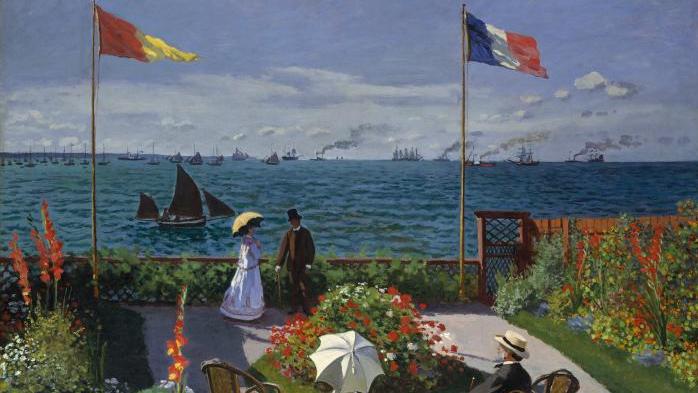In this three-part blog series, I'd like to illustrate the role that knowledge networks can play in informational concepts. In this first part, I want to briefly sort the terms and backgrounds, before I look in the next two parts at the potential applications and perspectives that can arise.
Ontology? It's a field of philosophy! Well, then: "Why is there existence at all and not just nothing?" – undoubtedly an exciting question raised by Martin Heidegger. But even if technology-related subjects are often discussed philosophically, information management is more about ontology, as Computer Scientists understand it. In principle, we are therefore concerned with the question of how knowledge can be formally represented, visualised and queried. Semantic networks or knowledge networks are one possibility. But wherein lies the general problem?
Human knowledge is complex. First, we know fixed terms and can assign them a meaning: For example, most people associate the term "dog" with a common dog and now have something between Chihuahua and Great Dane in mind. This association alone is a question of context, in this case the sum of our personal experiences. A computer with access to the entire world's knowledge would be overwhelmed by the term "dog" and our desired association. Biologically speaking, dogs are a family within the entire canine family, comprising over ten genera and a total of over 30 species. With "dog", we mean the domesticated sub-species of the species Canis lupus (wolf), but each one of us may only have a certain type of breed in mind... How could a computer make a guess at such a thing? Through usage statistics and machine learning, algorithms like Google's have learned that by "dog", we usually mean the domestic dog. But can real knowledge be mapped digitally in this way?
Of course, it can't. We not only understand concepts and their meaning, but also place them into both relationships and contexts. In this way, we form networks of knowledge in our minds – and on a wide variety of topics. The more specific these knowledge networks become and the fewer people deal with them, the more difficult it becomes for algorithms to find the relationships that we expect later during research. There would probably be too little usage data for an algorithm to draw the appropriate conclusions.
When referring an art enthusiast to the "Garden at Sainte-Adresse", much of what he or she knows about this painting is defined by its relationship to other terms:
The painting "Garden at Sainte-Adresse"
- ... was painted by Claude Monet
- ... dates from 1867
- ... is an oil painting
- ... is associated with impressionism
- ... is currently on display at the Metropolitan Museum of Art in New York (MoMA)
Many more relationships, new concepts and even more relationships can be found here; ultimately, an impressive knowledge network of painting – or even of the entire art world would emerge. It would be extremely difficult for an algorithm to identify the relationships between individual concepts without human help.
To digitalise knowledge about terms and relationships in a structured way was, in principle, the goal behind the idea of the Semantic Web. The Resource Description Framework (RDF), as well as more elegant software products, can now be used to weave extensive knowledge networks. The complexity of creating such knowledge networks depends on many factors, such as the intended use cases and source data.
The idea and the technologies are not particularly new, but with exponentially growing amounts of information and data, we now need intelligent search options more than ever before. If you're looking for examples of where semantic networks are already in use you'll find them in many places. For example, the Wikimedia Foundation manages the source data for Wikipedia posts in Wikidata – also known as knowledge networks. The example described above about the Garten at Sainte-Adresse can also be found there as a data entry, along with relationships to other terms. Of course, such data only becomes exciting when one considers the possibilities that result from it: How about, for example, the graphical representation of all the descendants of Genghis Khan, the founder of the Mongol Empire? Additional graphical and non-graphical examples can be found here.
In the second part of this blog series we want to analyse the potential knowledge networks can play for other types of information, and what use cases for service and user information might look like.
Don't want to miss any more of our "Knowledge Networks" series? Then subscribe to our Newsletter .

